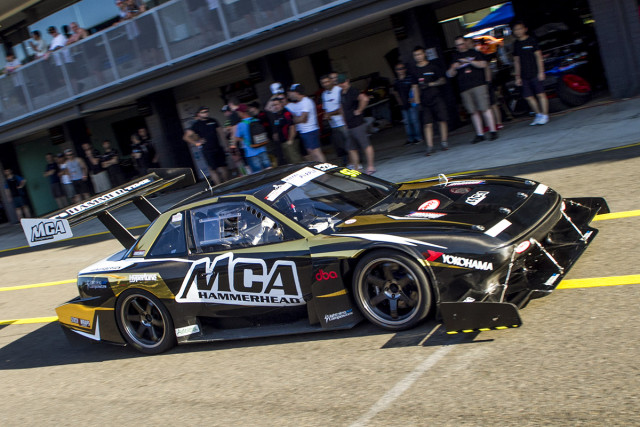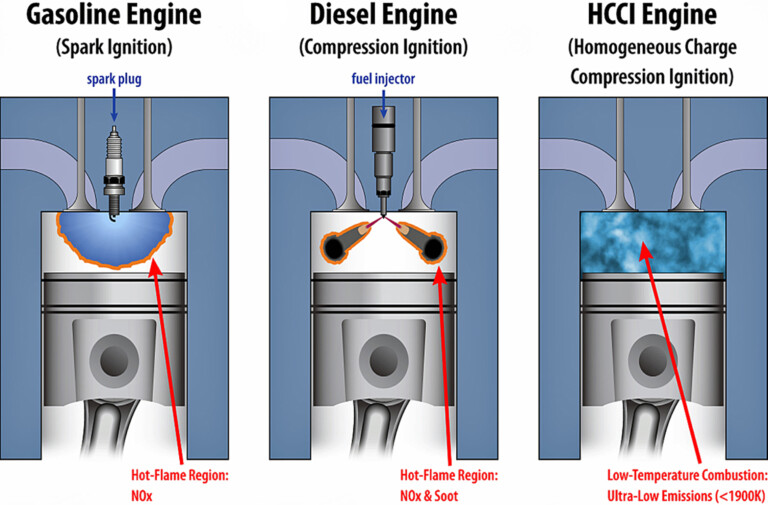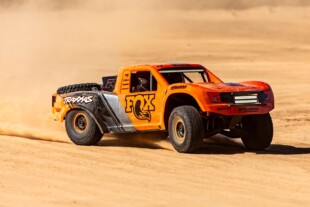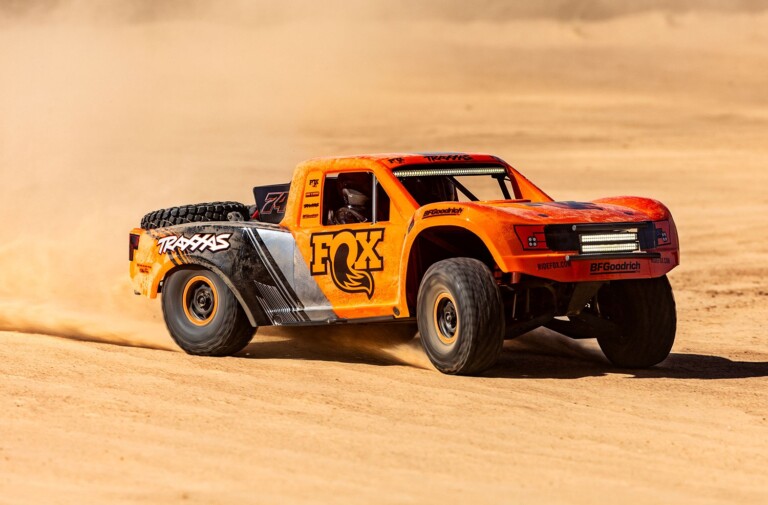It’s not the sort of car you’d imagine topping the time sheets at the World Time Attack Challenge. So ridiculed are S-chassis cars when it comes to quick cornering, the mere idea of one setting tire onto the track when the stopwatch is concerned offends some people. Though people in the know realize that with a cautious approach and an understanding of the chassis’ weaker points – namely rear traction – the S-chassis has some potential.
The two main strengths of the MCA Hammerhead Silvia are its power delivery and its aerodynamics. Addressing the propulsion side of things first: the engine makes 800 horsepower but uses a clever engine management system to make that power usable. Not only does MCA run different boost pressure by gear, they also control boost by throttle position, which helps replicate the predictable power delivery of a normally-aspirated motor. Since the turbocharger spools so quickly, the engine, in a sense, had to be limited to be more tractable.
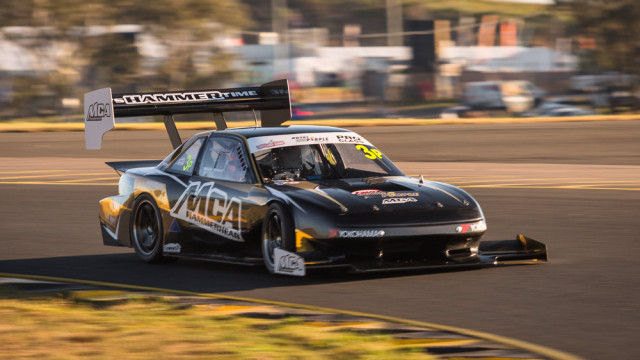
Though there’s little indicating it, there’s an S13 Silvia hiding somewhere underneath all that carbon.
Though it makes power progressively, the motor can still overwhelm the rear wheels, which lack much weight over them. To address the unloaded rear axle, more downforce was needed to help put that power down; so a few changes to the rear wing and the rear trunk were made. MCA turned up the boost to overcome the drag caused by these tweaks, and that was enough to win WTAC 2016.
Why wouldn’t a car with big power, a predictable power delivery, and aerodynamic stability fare well in this department? Of course, it shares little with the original street car, but it only shows that addressing the weak links in the platform is enough to snag the World Time Attack Challenge, though having a V8 Supercar star in the seat must help a little.



